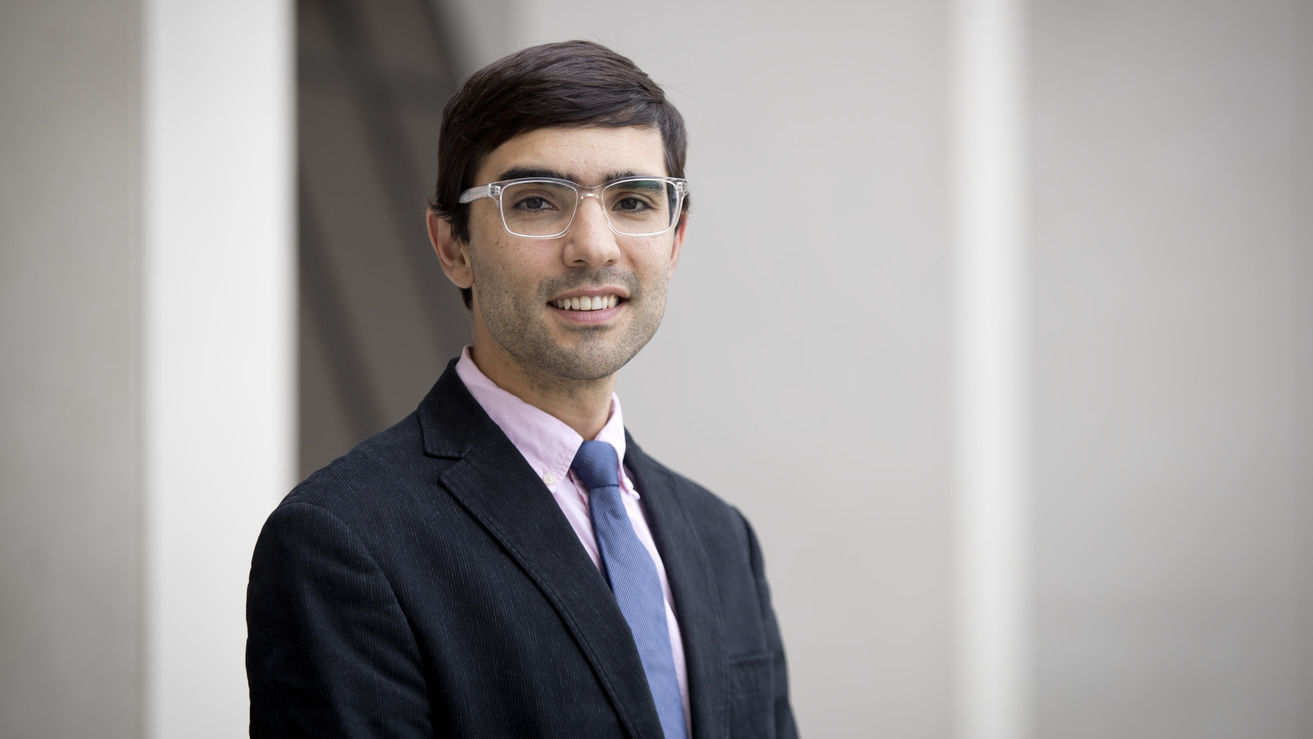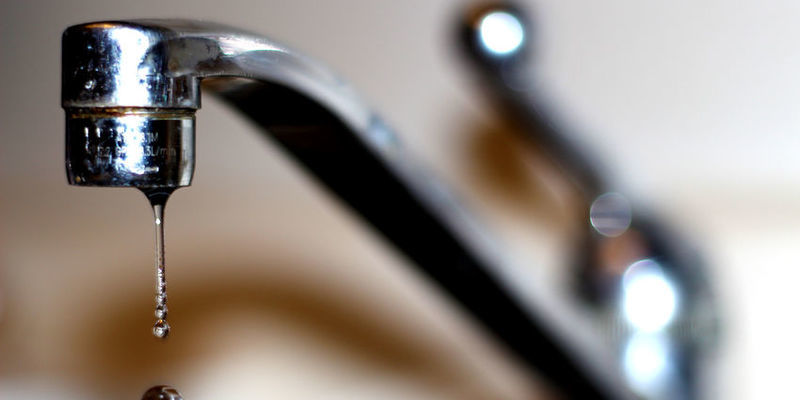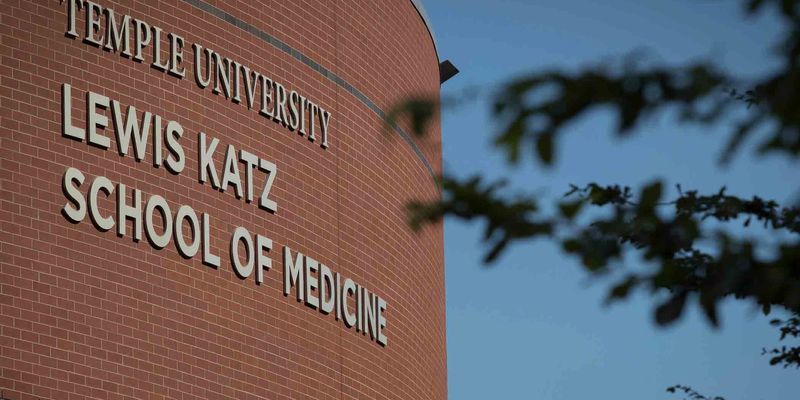Seeking dental solutions through the power of smart materials
A new technology that harnesses the power of electricity to fight infection and promote bone growth has been developed at Temple’s Kornberg School of Dentistry.

A recent research push at Temple’s Kornberg School of Dentistry brought Assistant Professor Santiago Orrego face to face with a daunting task—the development of a non-surgical procedure to fight periodontitis.
The request may sound like a simple one, but periodontitis, also known as gum disease or gingivitis, currently affects 47.2% of Americans over the age of 30, according to the Centers for Disease Control and Prevention. And with more invasive gum disease interventions like scaling and root planing being both difficult to endure and far from fully effective, the need for a new approach was obvious.
“[Periodontitis] is a major burden for the dental field,” Orrego said. “And really, there aren’t a lot of tools out there to prevent periodontitis or cure periodontitis.” Beyond, of course, a painful intervention like scaling and root planing, which require the use of metal tools to scrape the plaque and other bacterial toxins from your teeth.
“If you don’t fully remove the bacteria,” Orrego adds, “then most likely you may have to do surgery.” But that option, of course, comes with its own potential pitfalls; anesthesia, bone grafting and other means of tissue regeneration. Even non-surgical interventions rely heavily on the patient’s ability to clean and maintain their own teeth, an issue that may have contributed to their current periodontal predicament, especially as it pertains to older patients.
A native of Colombia, Orrego originally emigrated to the U.S. in 2011 in order to pursue his doctorate in medical dentistry. He joined the Kornberg School of Dentistry in 2018 as part of a schoolwide push to increase research activities. Orrego is a mechanical engineer by training, and it is through that lens that he views the problem of periodontitis and the possibilities of smart materials.
“The difference between us and other labs is that we rely on materials that are so-called ‘smart’,” Orrego said. “And they’re called ‘smart’ because they can provide additional effects, like therapies and bioactive effects to the biological processes. These functionalities can be activated by external stimulus, in this case, mastication,” also known as chewing.
Orrego’s work uncovering the possibilities for such smart materials—and more specifically, a material called PiezoGEL—to fight periodontal disease culminated in his recent receipt of a $200,000 grant as part of Science Center’s QED Proof-of-Concept Program, which helps regional academic and research institutions to prepare their most promising life science and healthcare technologies for commercialization.
PiezoGEL is part of a larger class of smart materials known as piezoelectric materials, which “produce electricity in response to mechanical vibrations or mechanical force.” That electricity, in turn, spurs other biological processes.
Whatever force you attempt to exert on PiezoGEL—whether that’s poking, tapping, vibration or even sound—the material will generate an electrical charge, spurring a reaction from the body. In this way, Orrego’s PiezoGEL harnesses the power of electricity to not only fight periodontal infections, but promote bone growth as well.
“The first task is to provide antibacterial effects so we can prevent infections,” said Orrego, of the dual purposes of PiezoGEL, “and the second is the actual regeneration of tissues, like bone.”
While that may sound like science fiction to some, it’s not that far-fetched. In fact, many of those smart materials are quite common, with piezomaterials featuring prominently in the field of engineering and the harvesting of ambient energy. Another piezoelectric example is the magnetic pickups on an electric guitar.
PiezoGEL works like this—periodontitis destroys tissue around the tooth, creating a pocket. These pockets allocate a lot of bacteria and are ripe for infection, explained Orrego. PiezoGEL, which uses a gel to embed these piezoelectric particles, fills this pocket and through the body’s natural movements and machinations, spurs the electrical charges to elicit the desired biological processes that fight disease and generate tissue.
Piezomaterials existed well before Orrego began his research. But part of what’s been so groundbreaking about his work and the research currently being done at Kornberg is the application of this material to biomedical advancement.
“We think that this technology can be applied to many fields, like orthopaedics,” said Orrego, adding that the possibilities for piezomaterials and other “smart materials'' are almost endless. “A hip implant is a typical example of a biomaterial that can benefit from these fillers,” Orrego said. “The charges will prevent implant infection and will foster bone growth in the vicinity. These bioactive effects may extend the life of an implant”
The next steps for Orrego then, thanks in large part to his recent grant, will be to continue to develop PiezoGEL as well as piezomaterial’s potential applications, both within the field of dentistry and beyond.


